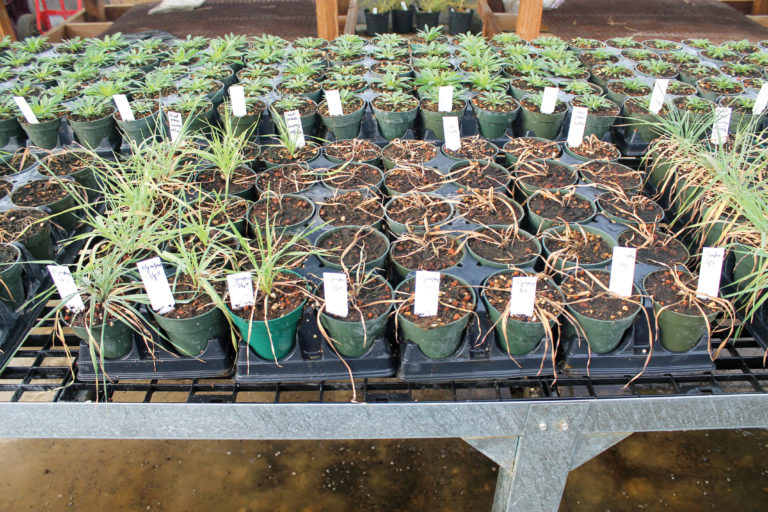"Montana State University Extension agents and crop consultants mentioned that this was a much-needed educational program for dealing with herbicide resistance."
Prashant Jha, Montana State University
THE CHALLENGE
Herbicide-resistant weeds have emerged in many parts of the country as one of the biggest threats to the sustainability of agriculture. A recent survey revealed that 59% of row crop farmers have such weeds in some of their fields. In Montana, Wyoming and neighboring states, a handful of weed species have developed resistance to one or more herbicide groups and pose a particular threat to no-till wheat growers. The likelihood is low that new herbicide groups will appear on the market in the near future, so farmers must instead rely on a more diversified suite of strategies to manage these “superweeds” and slow their spread, including the use of tillage, cover crops, crop rotations and best practices regarding herbicide application. But many farmers are reluctant to change their weed control practices, partly to protect short-term economic returns and partly due to a lack of knowledge about diversified strategies. This lack of knowledge oftentimes extends to Equipping Farmers with Tools to Manage Herbicide-Resistant Weeds the agricultural professionals who support farmers.
THE ACTIONS TAKEN

Montana State University (MSU) weed scientist Prashant Jha used a 2016 SARE Professional Development Program grant to help jumpstart the battle against herbicide-resistant weeds in the Northern Great Plains. (Note: Jha has since taken a position at Iowa State University.) His project focused on compiling information on best management practices for herbicide-resistant weeds and sharing it with Extension educators and other ag professionals. His team worked with MSU specialists to develop a curriculum and other resources that described the kinds of superweeds present in the region, their impact on agriculture and the diversified set of management practices that could be used to limit their impact.
Then over two years, Jha and his collaborators delivered this information to hundreds of farmers, Extension specialists and other ag service providers via dozens of workshops, on-farm demonstrations, field days, presentations, webinars and publications.
THE IMPACTS
This multi-year educational effort included an evaluation process that revealed the following impacts:
- New knowledge: Across Montana and Wyoming, 600 growers, crop consultants, Extension agents, agronomists and others reported gaining a better understanding of the factors that contribute to herbicide resistance in weeds. Participants also reported learning about using crop rotations, strategic tillage, cover crops and other techniques for integrated weed management.
- Adopting crop rotation: Several farmers reported switching from a continuous wheat-fallow system to a wheat-pulse rotation, which improves weed control options while increasing the overall sustainability of the farm.
- Adopting conservation tillage: More than 100 growers adopted conservation tillage or strategic tillage to deplete weed seed banks and to reduce their reliance on herbicides.
- Changing herbicide practices: Bythe end of the project, almost 60% of Montana growers facing glyphosate- and dicamba-resistant kochia on their farms changed their herbicide application practices in response to the challenge.
Visit the database of project reports to learn more about this SARE-funded project: EW16-029.
